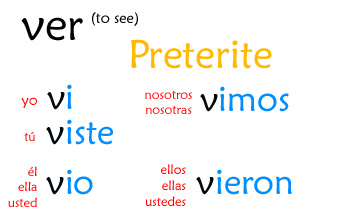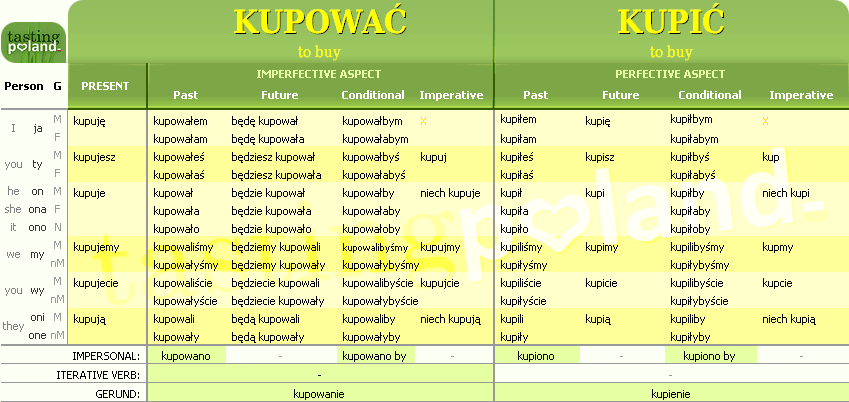

VER CONJUGATION FREE
But now, the conjugation of Italian verbs isn't longer a problem, thanks to our free Italian verbs conjugator.Īn Olivetti Media Communication leading high quality production, containing more than 12,000 Italian verbs only considering the active form. The italian verbs conjugation has many difficulties like all the neo-Latin languages due to their abundance and different uses of verbal forms. If you wish the conjugation in the reflexive (pronominal) form, just type the reflexive verb (ie: amarsi, struggersi, spazientirsi, io mi lavo, tu ti pettini). bedrijven, stofferen, overtuigen, garrotteren, afkerven, futselen, vooruitkomen, kosteren, planten, pielen, kofferen, krengelen, verrassen, factoreren, dobbelen, tortelen, inschakelen, tamboeren, stigmatiseren, afsloffen, carboniseren, vermissen, deconfessionaliseren, aanbaggeren, contraponeren, verstellen, festonneren.
VER CONJUGATION DOWNLOAD
Simply download the Grammar eBook Understanding the Parts of Speech.Type inside the form above the italian verb you wish to conjugate (ie: amare, temere, finire, noi siamo, io vado, che tu sappia). You may download our entire discussion of the Parts of Speech. Here’s the future-perfect tense of the verb to be: Person Here’s the past-perfect tense of the verb to be: Person Here’s the present-perfect tense of the verb to be: Person Here’s the future tense of the verb to be: Person

Here’s the past tense of the verb to be: Person Here’s the present tense of the verb to be: Person Study, please, a conjugation of the verb to be: It’s vital, of course, that you learn to conjugate the verb to be throughout all tenses, for you’ll need all these forms when you create the progressive tenses and the passive voice. Conjugate the Spanish verb ver in several modes, tenses, voices, numbers, persons : indicative mode, subjunctive, imperative mood, conditional, participle form. In contrast, only five words are needed to show the forms of the irregular verb see: Formġ. Irregular Verbs, Five Words Showing Various Forms You need eight words when conjugating the verb to be: Form

To Be, Eight Words Showing Its Various Forms Thus, the verb to be uses eight words to express the standard forms: Instead of using the infinitive form for the present tense and one word for each of the standard four forms (infinitive, past tense, past participle, present participle), the verb to be uses three words to express present tense and two words to express past tense. It does have the standard one-word present participle, being, and the standard one-word past participle, been.īut there’s not a chant like drink-drank-drunk available for the verb to be. Miss Hamrick could never make up a chant about the irregular forms of the verb to be because it doesn’t have just one past-tense form like the other irregular verbs do. As an auxiliary, it serves the vital roles of forming the passive voice ( The ball was hit by John) and the progressive tense ( John was hitting the ball over the fence). It serves more roles than most verbs, for it can serve as a main verb and a primary auxiliary verb. In the entire English language, one verb stands out: the verb to be. Now let’s take the verb to be through a complete conjugation.


 0 kommentar(er)
0 kommentar(er)
